
Exuberant festivals, ancient civilisations, canyons and deserts, sugar-white sand and coral reefs, authentic street food, mariachi and mezcal - Mexico is a vibrant and passionate country of endless variety and contrast.
If you can tear yourself away from the gorgeous Caribbean and Pacific beaches, there are wonderful old Spanish towns to explore, local markets selling colourful textiles, fascinating museums, and excellent restaurants serving regional specialities alongside classic dishes spiced with chilli peppers, chocolate and coriander. Accommodation ranges from rustic lodges to luxurious private villas and elegant colonial haciendas, steeped in history and character.
Mexico has superb Olmec, Aztec and Maya ruins, whose ancient heritage survives to this day in the customs and dress of its indigenous communities - brilliantly displayed in colourful festivals held throughout the year, a fusion of timeless tradition with richly symbolic Catholic ritual.
The natural world is exceptional too, whether you’re swimming in turquoise sinkholes, or cenotes, spotting whale sharks out to sea, following clouds of Monarch butterflies on migration or taking in the incredible scenery of the Copper Canyon. Adventurer, culture lover or history buff, Mexico will capture your mind and delight your senses.
Highlights
Here are some of our Mexico highlights
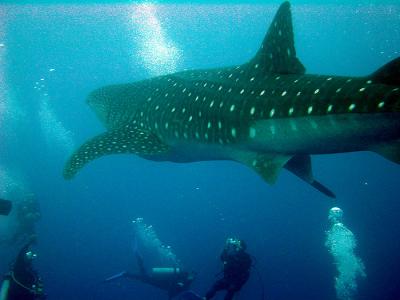
Stunning snorkelling
The clear blue waters off Mexico and on mainland cenotes (sinkholes) are a wonderful place to snorkel and see marine life. Whale sharks can even be seen around Isla Holbox from June to September, when they come to mate.
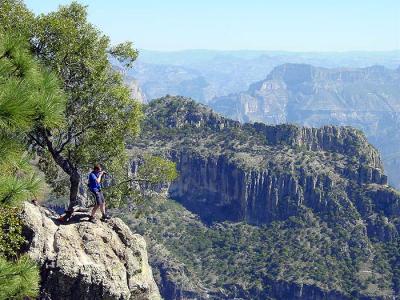
Canyons and railroads
The Copper Canyon, longer and deeper than the Grand Canyon, is reached via the Chepe railroad offering the most dramatic scenery in Mexico. The area is great for walking, or just marvel over the vast canyon from the various viewing points.
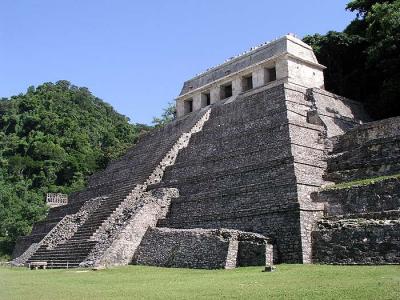
Ancient Maya sites
Palenque is the country's most enchanting ruin, still partially covered in vegetation and hidden in the rainforest, itself home to howler monkeys, toucans and ocelots. Hundreds of ruined buildings remain undercover, yet to be excavated.

Idyllic Beaches
The small, friendly Isla Holbox has miles of white-sand beaches and tranquil waters blisfully devoid of Mexico's usual crowds. Its natural reserve also affords excellent wildlife viewing - all in all a highly recommended, relaxed beach spot!
Thanks so much! I wanted to write and say thank you so much for all of your help and all of your planning! We had a great time. We LOVED our guide in Oaxaca - he is amazing and knows so much! Our full day with him and visiting Monte Alban and visiting the family for lunch (and to see their weaving/rugs), that was definitely a highlight. The girls loved helping to grind the corn to make tortillas and to tour and eat at their house. I think they will never forget that.
- MW

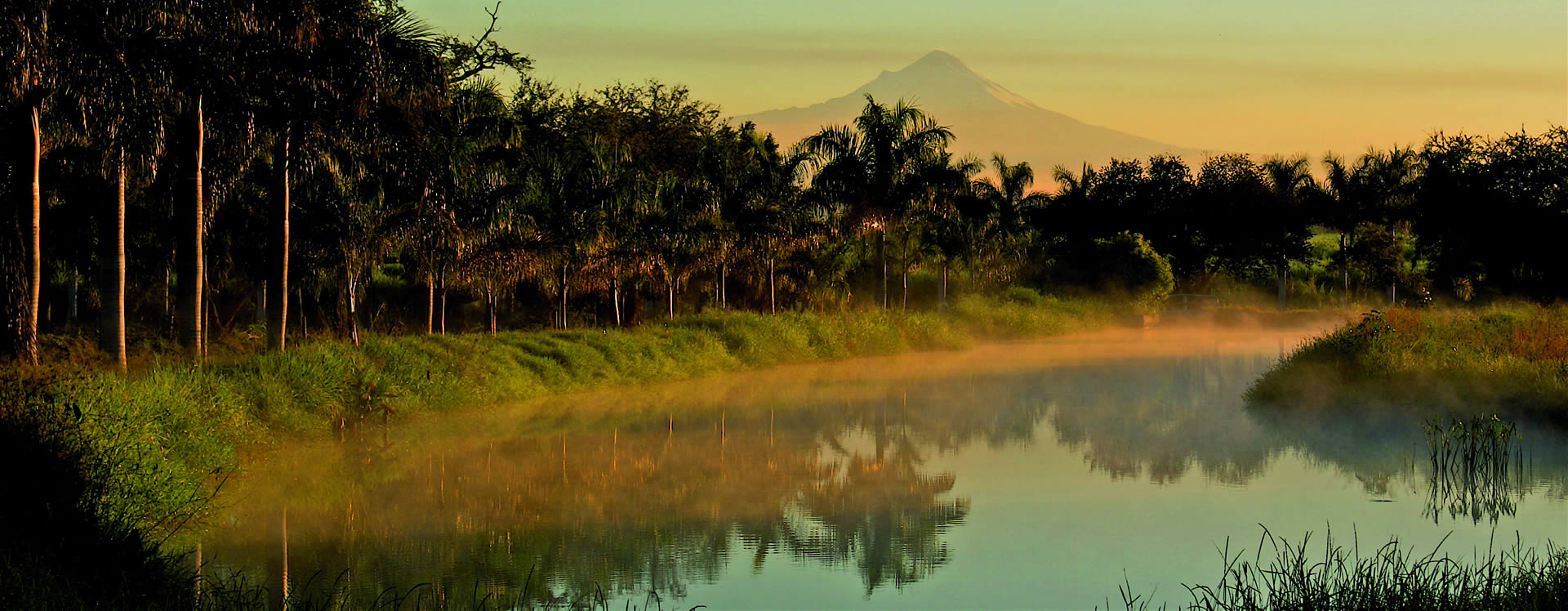
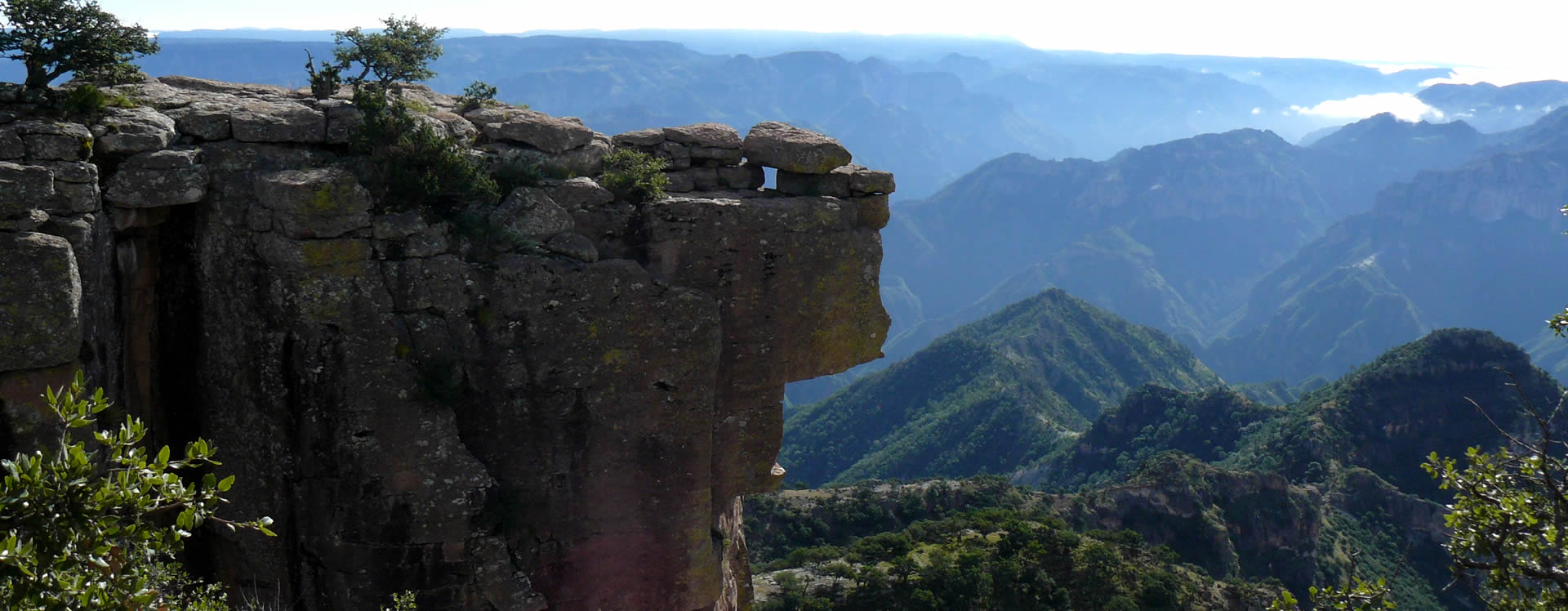
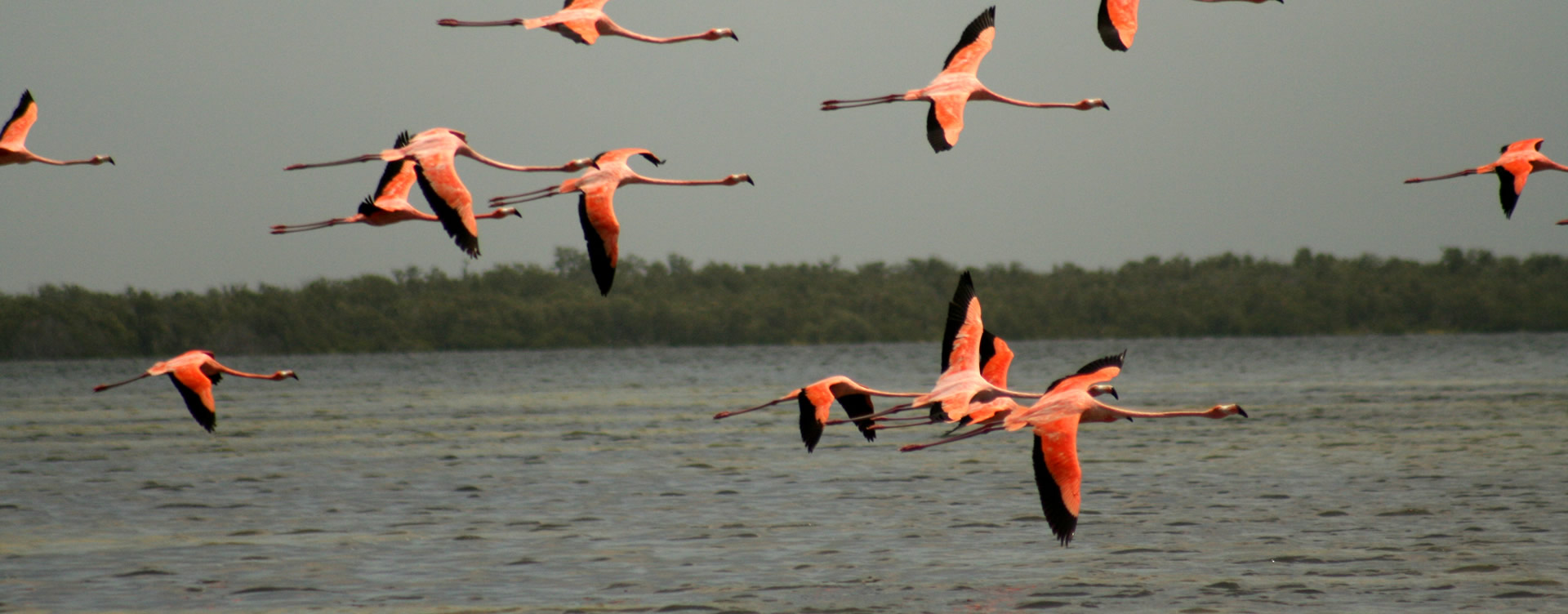
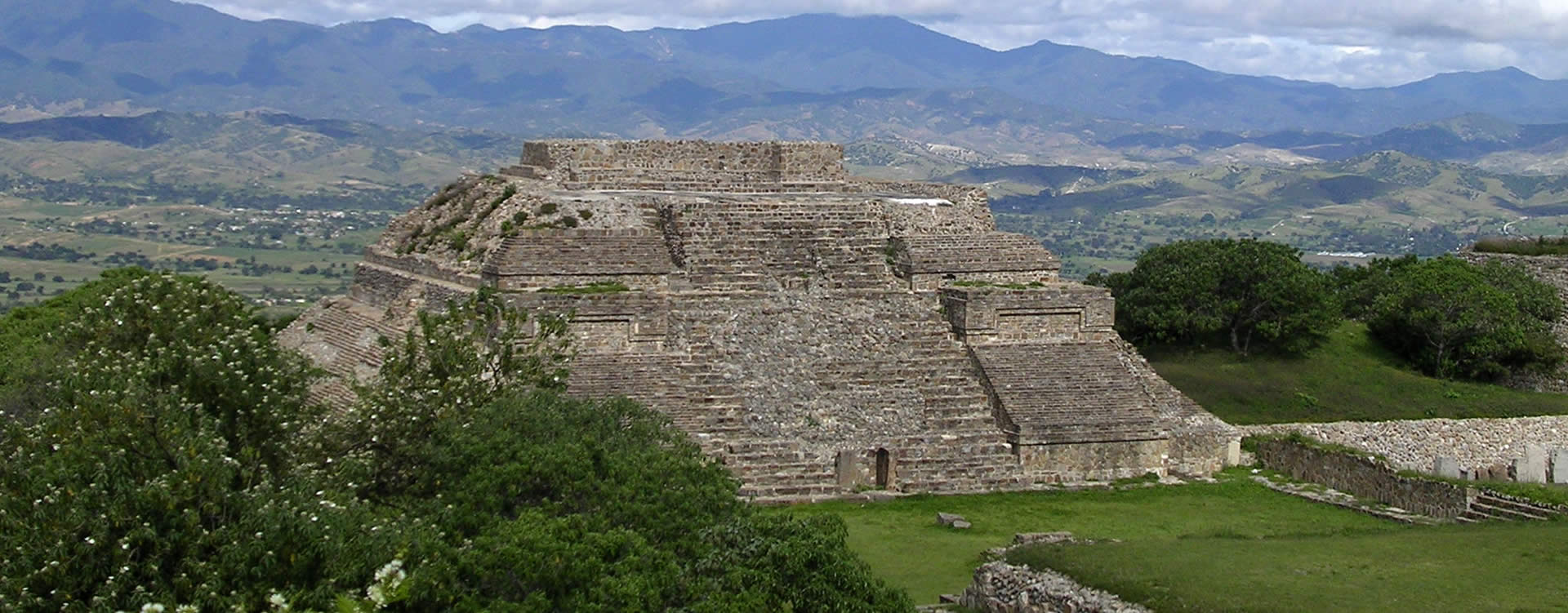
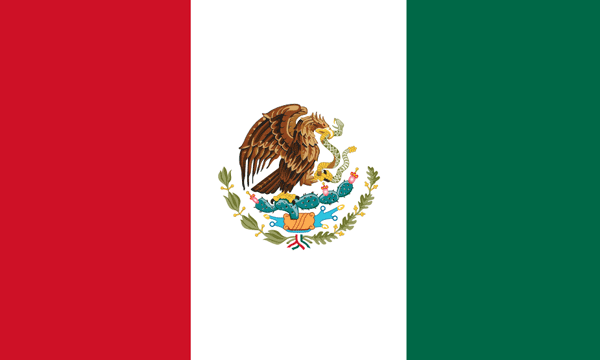 Mexico
Mexico